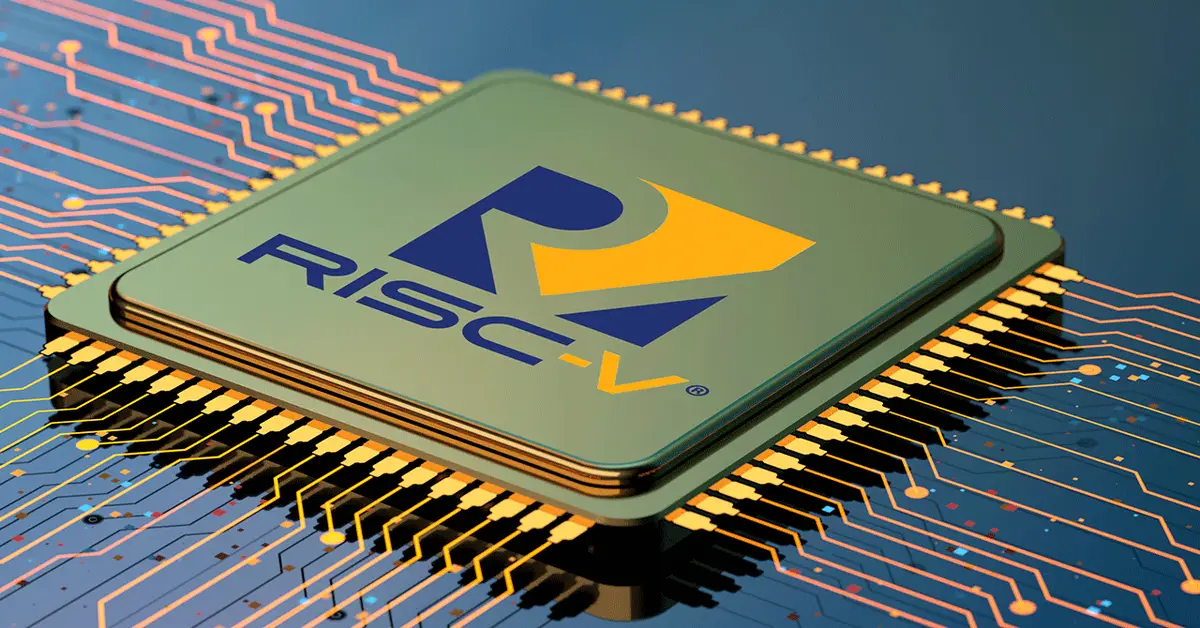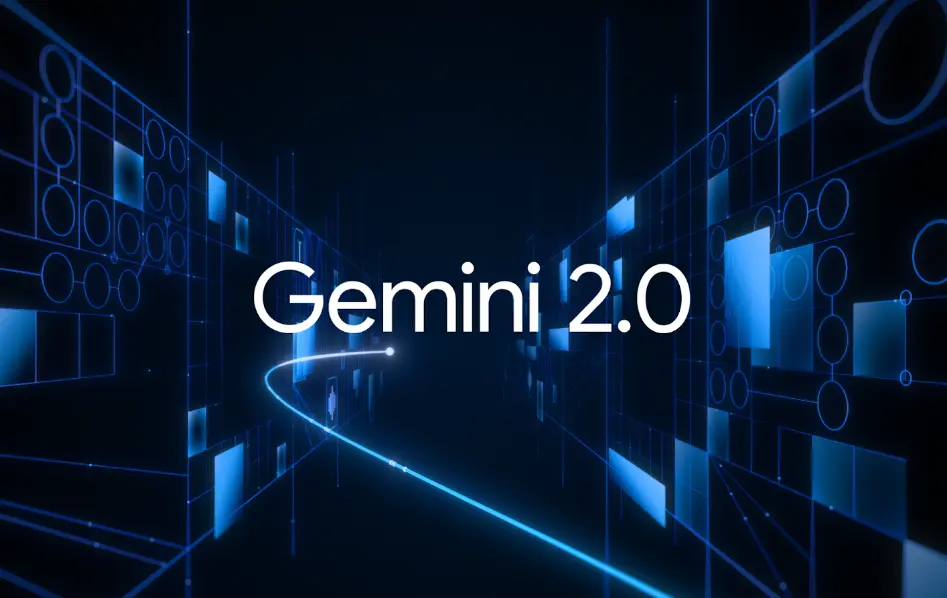RISC-V and the Future of Microprocessors
A study in Nature reveals how the RISC-V architecture can build one-nanometer microprocessors, challenging Western technologies and trade policies.

A study published on April 2, 2025, in Nature revealed that a group of researchers from Fudan University in Shanghai has found a way to build one-nanometer microprocessors using the RISC-V architecture. This approach deviates from the traditional use of silicon and EUV lithography, commonly employed in chip production. Although the performance of these new processors does not yet match that of chips developed with Western technologies, the result represents a significant step in the global competition for technological supremacy. The research not only has scientific implications but also geopolitical and industrial repercussions, especially in the relations between the United States and China. The ability to develop advanced chips without relying on Western technologies could undermine strategies based on tariffs and sanctions, forcing nations to reconsider their trade policies.
RISC-V is a project that took off over ten years ago at the University of Berkeley, where efforts were made to free processor architecture from intellectual property constraints. This project has gained momentum and is now managed by the RISC-V Initiative, an autonomous entity that has seen the participation of around seventy countries, including India and China. The significance of RISC-V lies in its ability to create a pre-competitive environment for processor development, similar to what the free software movement has achieved with Linux and BSD. This approach allows anyone to use and improve processors without legal restrictions, promoting a fairer and more innovative ecosystem.
The success of RISC-V demonstrates that a model free from intellectual property constraints can also work in hardware. India has heavily invested in this project to develop an autonomous technological supply chain, from foundries for processors to software development. China, for its part, is leveraging RISC-V to increase its technological independence, already growing through the production of chips capable of competing with those from companies like Apple. The combination of open-source operating systems and applications with RISC-V processors could lead to the creation of an entire processing ecosystem free from monopolistic and geopolitical constraints, opening new opportunities for innovation and competitiveness in the global tech sector.




